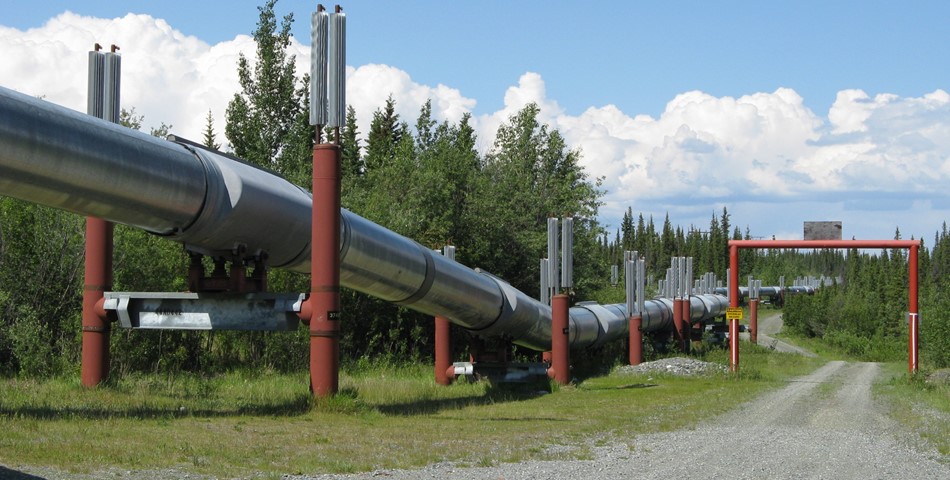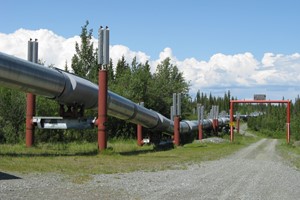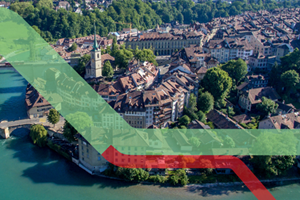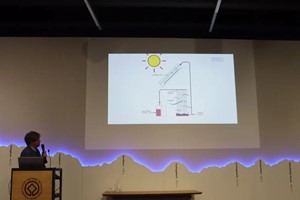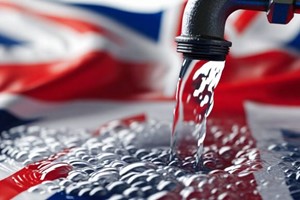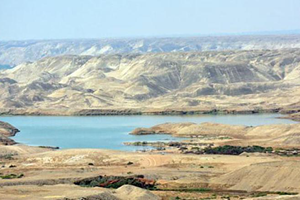Nowadays, the term "water quality" is defined in an even wider sense. It has been extended to include also the function of waters as important habitats for animals and plants, and thus includes the biological status. In this context the term status of waters is used. The many different claims on utilization mostly refer to only one partial aspect of water, which flows in an everlasting cycle. In order to ensure good water quality in all fields, water has to be seen holistically and the entire water and/or water bodies have to be protected. Water protection measures could be e.g. wastewater purification, low input of fertilizers plant protection products and pesticides in agriculture, the renaturation of rivers, or simply the economical use of the precious resource. To put this into practice, to meet the requirements, and to check the success of the measures taken, comprehensive programs demonstrating the quality of water and of water bodies are required. In Austria, such programs have a long tradition.
Regular testing


Since the sixties of the twentieth century flowing waters have been tested at regular intervals. Based on the results, measures for improvements have been implemented. The quality of Austrian waters became a matter of public interest when the restoration of the heavily nutrient-polluted lakes (nitrogen, phosphorus) had to be started. As a consequence the sewage system was expanded in the 70ies and biological wastewater purification plants were established. In the nineties intra-company measures reduced the pollution of waters by reducing the emission of certain substances to the environment (regulated via Wastewater Emission Ordinances). In this way the pollution stress of rivers through municipal, commercial and industrial wastewater could be reduced. As a result also the quality of running waters has improved significantly. Since 1991 the quality of Austrian groundwater, rivers and lakes has been tested according to uniform, legally established criteria of the Water Rights Act (WRG Wasserrechtsgesetz) and its detailed ordinances. The comprehensive investigation programs are carried out by the Federal Ministry of Agriculture, Forestry, Environment and Water Management (BMLFUW Bundesministerium f r Land- und Forstwirtschaft, Umwelt- und Wasserwirtschaft) and the offices of the nine Provincial Governments with the technical support provided by the Federal Environment Agency (UBA Umweltbundesamt). The monitoring programs were designed in such a way that they reflected the urgent problems and tasks with which Austria's water management was confronted at that time. Based on the results the material discharges from industry, agriculture and domestic wastewater were substantially reduced. As to groundwater, the pollution with nitrate and the plant protection product atrazine, as well as its decomposition product desethylatrazine, could be reduced in the arable farming areas of eastern Austria.
The EU water framework directive
With the European Water Framework Directive (EU WFD, as from 2001) also the Austrian water management has got a new basis. The objective of this Directive is that all waters have at least a good status. This means, particularly for lakes and rivers, that but minor deviations from the original, natural and typical status are permitted. Surface waters (rivers and lakes) are nowadays surveyed and assessed in their entirety. Apart from the impacts of material pollution, also hydromorphological interventions that change the function of waters as habitats are considered in the assessments. The quality of waters is defined via their chemical and ecological status. In the case of water sections which have been artificially created or water sections which have been substantially modified due to utilizations, the term ecological potential is applied. In the case of groundwater the good chemical and quantitative status is aimed at. Due to the new requirements the programs used to monitor the status of waters had to be adapted accordingly (Article 8 of the WFD).



